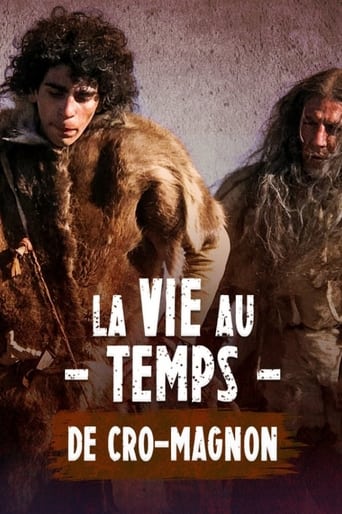
19 Oct 2019

La vie au temps de Cro-Magnon
No overview found
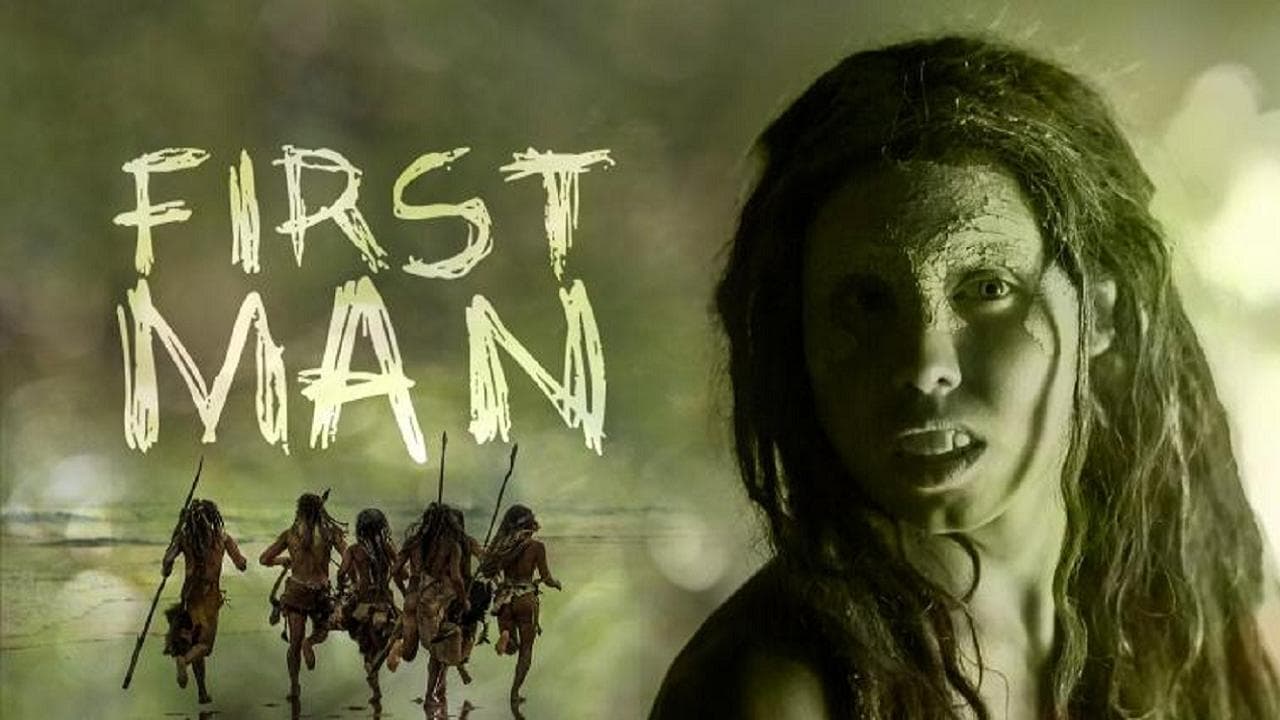
Man’s early ancestors set off to conquer the world, to explore the unknown, to adapt to every environment. And one day, to conquer fire – a discovery that made them invincible. They built shelters. They transformed their environment. But still this did not slake their thirst for more. They sought to fathom Nature’s mysteries. They invented stories to explain the inexplicable. Now, they are Men. Here, for the very first time in television history, is the saga of our origins, told through the story of one single family - an epic journey upon which the latest scientific discoveries shine an exciting new light.

Narrator






19 Oct 2019

No overview found
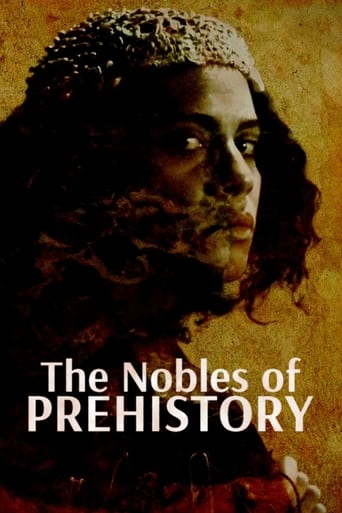
16 Jun 2021

In 1872, in the cave of Cavillon in Monaco, archaeologist Émile Rivière (1835-1922) unearthed an apparently very old human skeleton, at least 24,000 years old, a discovery that changed the modern image of prehistoric men and women.
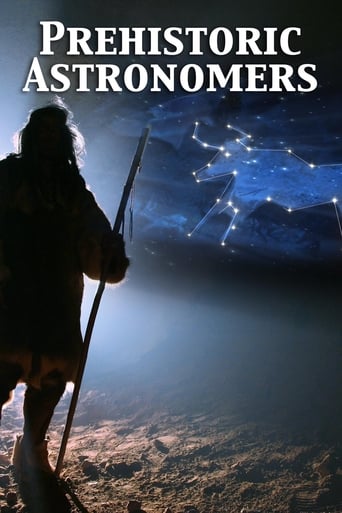
01 Jan 2007

Cave paintings and lunar calendars exist in the caves and remains of prehistoric hunters studied recently. What if Prehistoric Man were clever enough to develop in depth scientific knowledge? As unlikely as it may seem, new data tend to prove that Prehistoric Man actually invented Astronomy!
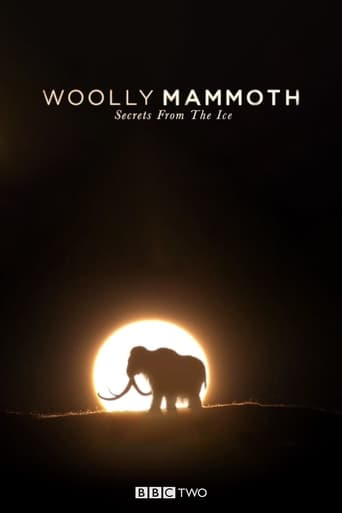
12 Apr 2012

Woolly Mammoth: Secrets from the Ice is a documentary presented by English anatomist Dr. Alice Roberts that reveals some of the secrets of one of the most widely known extinct animals ever. Humans have been transfixed by the Wolly Mammoth since the end of the last ice age when there were still herds of them roaming the continents of Asia and Europe. Despite many people knowing about the great Woolly Mammoth until recently very little was known about them despite ancient humans living along side them for so long; few documented accounts exist.
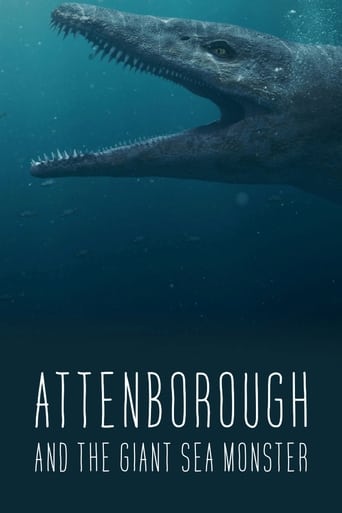
01 Jan 2024

Sir David Attenborough investigates the discovery of a lifetime: the giant skull of a prehistoric sea monster, known as a pliosaur – the Tyrannosaurus rex of the seas!
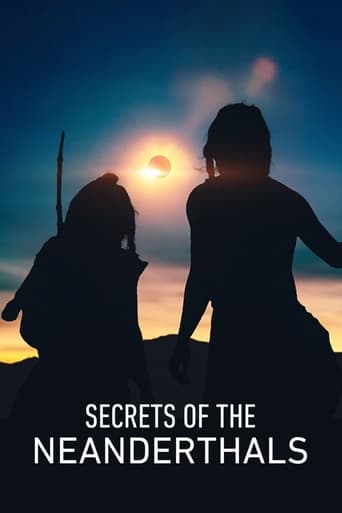
02 May 2024

This documentary delves into the mysteries surrounding the Neanderthals and what their fossil record tells us about their lives and disappearance.
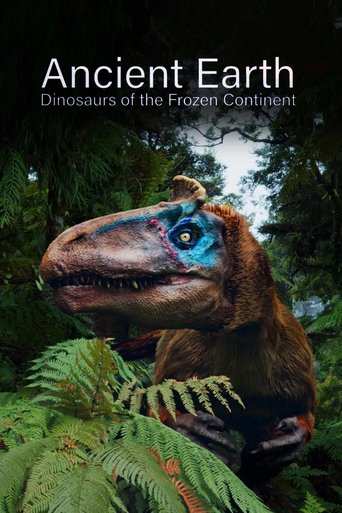
09 Dec 2022

No overview found

10 Jul 1912

An old man tells his grandchildren about prehistoric man: Caveman Weakhands is unable to court a woman because of his physical weakness. Humiliated by Bruteforce, he bumps into Lillywhite, who has also been cowering in her cave in mourning. The two new lovers form a connection, but Bruteforce separates the couple and sends Weakhands scrambling. In his cave, Weakhands thinks up the design of a stone club. With this equalizer, he soon vanquishes Bruteforce and wins Lillywhite back again-- An early step in human progress.
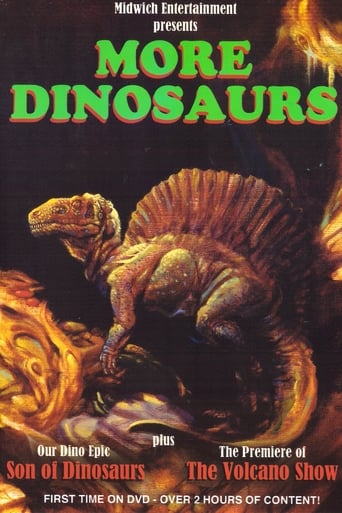
14 Aug 1985

Gary Owens needs more dinosaurs and sends Eric Boardman on the ultimate dinosaur safari to find them. Join the hunt for a living dinosaur in the jungles of Africa, separate the facts from fiction in dinosaur movies, visit Dinosaur National Monuent and much more. There's no bone unturned in this award winning program
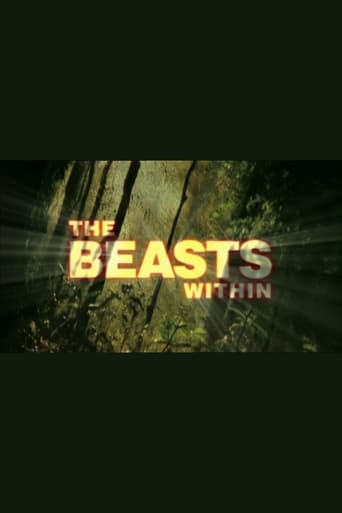
28 Nov 2001

A closer look at the science of Human evolution, and how much early humans might've contributed to the extinction of large mammals during the Ice Age.

29 Nov 1989

First Stop...the Tar Pits, as Gary and Eric investigate the incredible creatures that came after the dinosaurs, from giant ground sloths to savage saber-tooths. It's a trip back to the age of monstrous mammals in this wild and whimsical blast into tour prehistoric past.
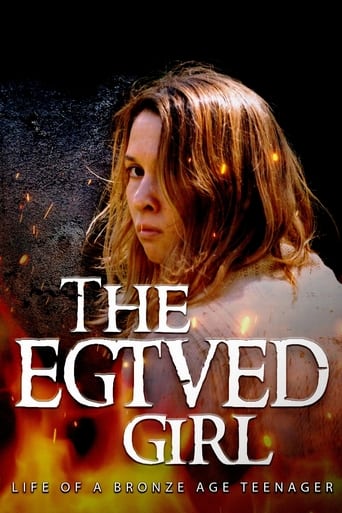
24 Feb 2018

In 1921, in the Danish town of Egtved, on the Jutland peninsula, was discovered one of the most important Bronze Age burial sites: the tomb of a girl who lived around 1370 BCE. Who was that girl and what was her daily life like?

02 Jan 2018

A documentary examining what the Tyrannosaurus Rex was really like - both appearance and behaviour - using the recent palaeontological and zoological research.

24 Jan 2022

We immerse ourselves in a quest for the origins of Art, among the very first modern humans. The prehistoric works, of incredible richness and diversity, tell a story of beauty and the species. Researchers, including archaeologists, but also art historians, philosophers and contemporary artists, enrich our view of prehistoric art with their different, but also complementary, points of view on the subject.

29 Jan 2010

When his clan, including his wife and baby girl Néa, are massacred, Ao, a desperate Neandertal man, decides to leave the North country where he has been living for the South where he was born. His aim is to join his twin brother, from whom he was separated when he was nine. On his long and adventurous way home, he meets Aki, a Homo Sapiens woman...
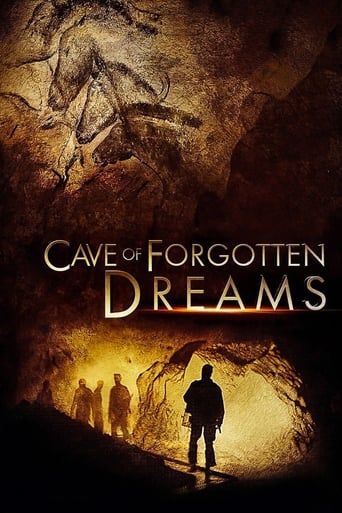
03 Nov 2010

Werner Herzog gains exclusive access to film inside the Chauvet caves of Southern France, capturing the oldest known pictorial creations of humankind in their astonishing natural setting.
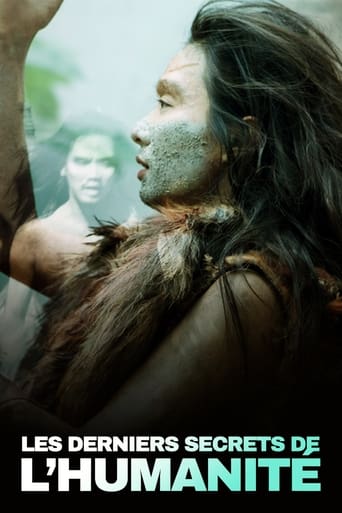
25 Aug 2023

This series incorporates the latest animated 3D films to explore recent discoveries about human history, especially in Asia.

16 Apr 2024

No overview found

15 Jul 2017

No overview found
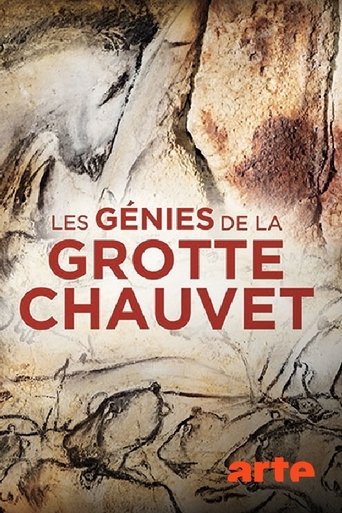
26 Apr 2015

No overview found